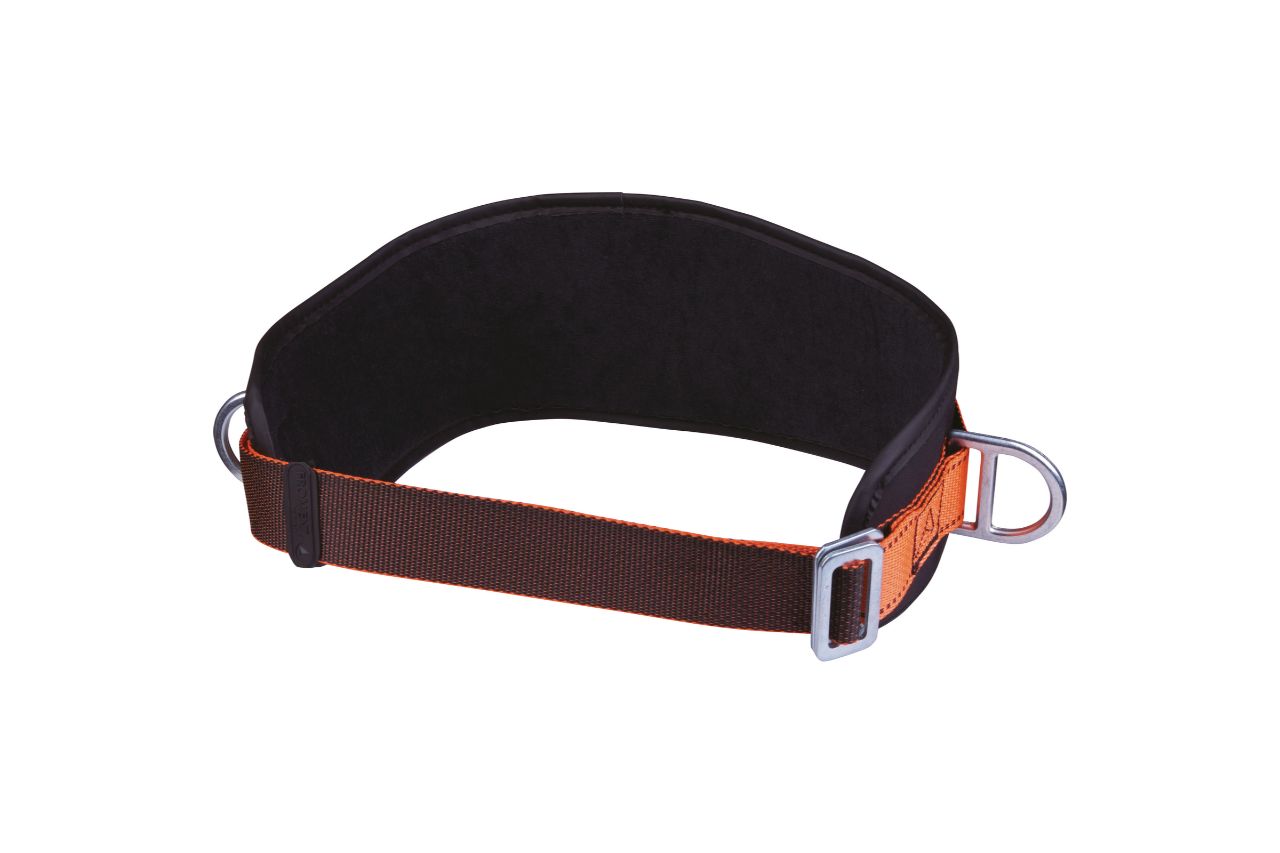
One of the dangers when working at heights is the risk of slips and falls. To reduce this hazard, you need to make use of a personal fall arrest system from a safety equipment supplier in the Philippines. It consists of different components to prevent a person from falling when working at elevated areas. To ensure that each piece is properly worn, you think of the ABCs of fall protection—anchorage, bodywear, and connecting device. Keep on reading for more information on the parts of a personal fall arrest system.
One of the important components of a fall protection gear is the anchorage system. The general definition of an ‘anchor’ is something that holds an object firmly. In this case, it is where the worker’s body wear and the connecting device is secured, so the wearer can work safely at heights.
The anchorage system is composed of the anchorage and the anchorage connector. The anchorage is the structure where the the fall arrest system will be affixed to. The anchorage connector is the “tie-off point” that attaches the connecting device to the anchorage.
When choosing an anchor point and designing an anchorage system, it is vital to get the help of a professional. It should be capable of supporting a person during a fall without breaking.
There are the types of anchor points used depending on the application.
Permenant anchor points are essential for sites where working at heights is part of the day-to-day task. These are fixed in a structure according to a specific load and design parameters.
When a task is needed for a short duration, a temporary fall arrest anchorage is used. These are typically attached to a roof. But in some cases, portable anchor points are made to access elevated structures. These can be set up quickly for temporary jobs.

The next component found in the fall protection gear is the body wear. Some examples of this is a body harness from the ELARA320 or the EX120 body belt by Dels Apparel. But when it comes to fall arrest, a body harness is superior to the belt, although the latter is used for fall restraint systems.
This is because a body harness is capable of keeping a worker upright in the event of a fall. Because the straps are worn on the chest, shoulders, waist, and upper parts of the legs, the force is evenly distributed throughout the body.
Body harnesses have multiple parts that should thoroughly be inspected before and after use. The user should check the hardware, fabric, stitching, and tags for any damage to prevent accidents in the site. If this component is involved in a fall, it must be replaced immediately.
When choosing a body harness, check the weight ranges on the tags before implementing its use in your site. Heavier workers can contribute to a harder fall and longer-free fall distance.
A body harness is the most effective it is worn properly. Without a fit test, your employees might feel uncomfortable on the job or adjust it incorrectly before doing a task—which leaves them vulnerable to safety hazards.
A connective device is the link that attaches the body harness to the anchorage. This comes in many forms such as a standard lanyard, shock-absorbing lanyard, and self-retracting connectors.
A lanyard can come in many forms. It can be made of rope, cable, or web material. Rope is a stretchy option, a cable made of steel is sturdy but is a conductor of electricity, while web lanyards are less flexible but durable.
The most common type of connector used for fall arrest systems is the shock absorbing lanyard. It decelerates the distance of the fall so the shock is reduced and injuries are minimized. An example of this is the energy-absorbing lanyard from the ELARA320 Fall Arrester Set.
Also known as a self-retracting lifeline, this type of connector also decelerates the distance of a fall. This automatically locks so the wearer can come to a complete stop in a short amount of time. Some products also feature a shock-absorbing feature. If you’re interested in this, you can check out the Protector Round by Dels Apparel.
If you want to protect your workers that are working at heights, you need to know the different parts of a personal fall arrest system. This way, you can choose the right anchorage, body wear, and connecting devices that will ensure their safety.
Are you interested in a personal fall arrest system? Del’s Apparel is one of the trusted safety equipment supplier in the Philippines that can provide this safety gear. You can send a message today so they can help you choose the right product for your requirements.